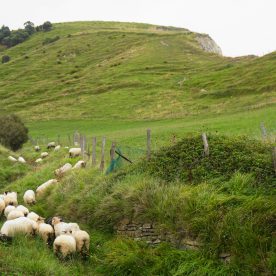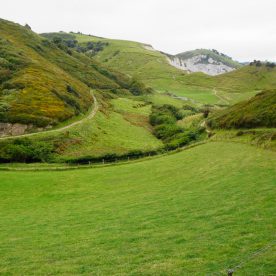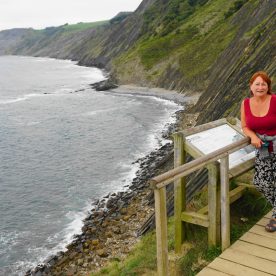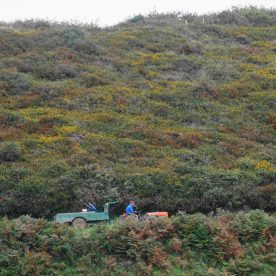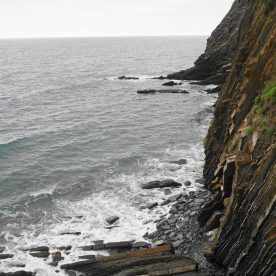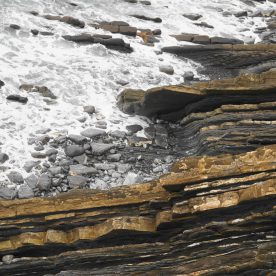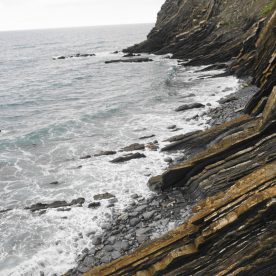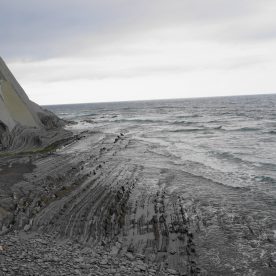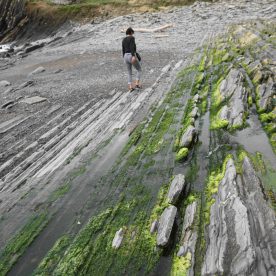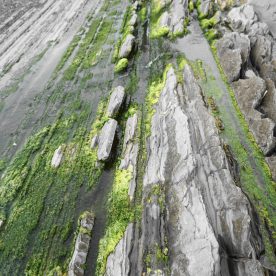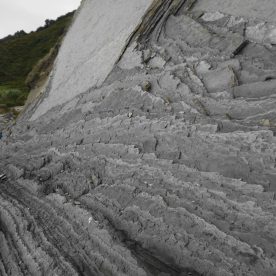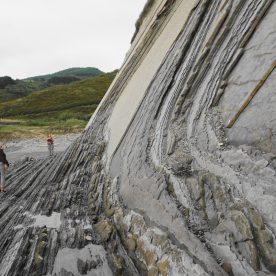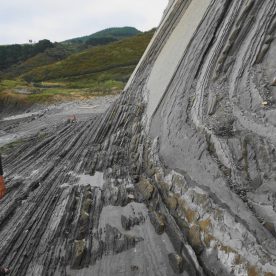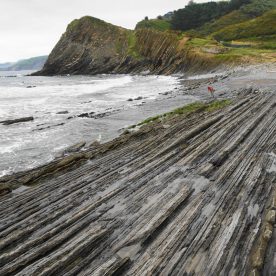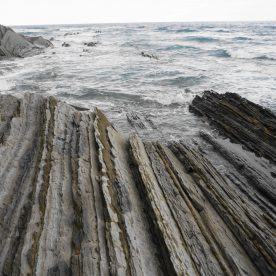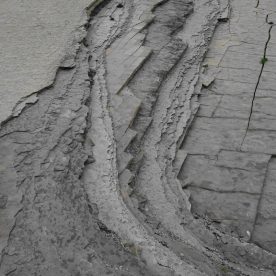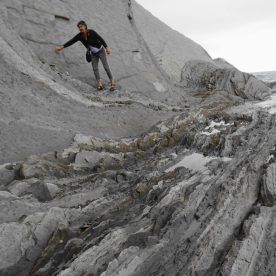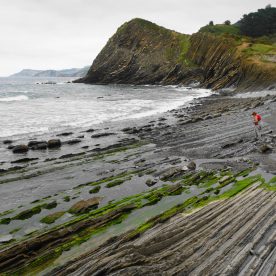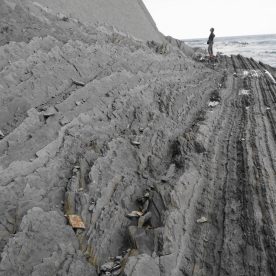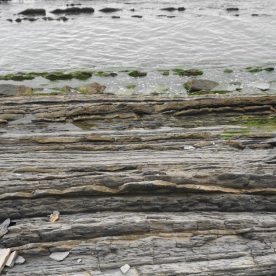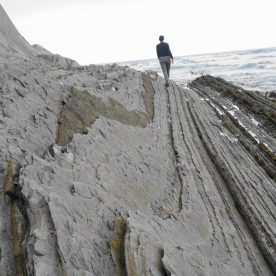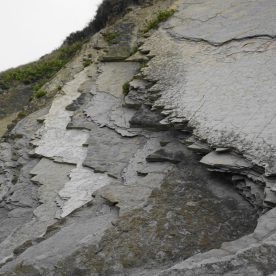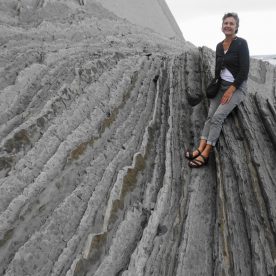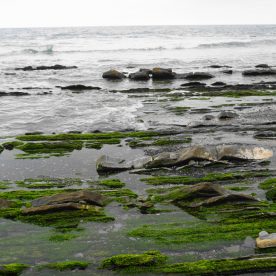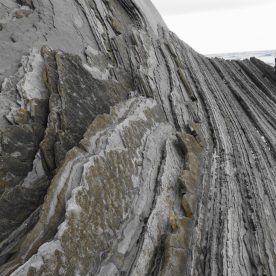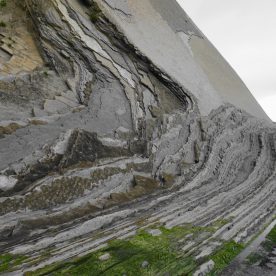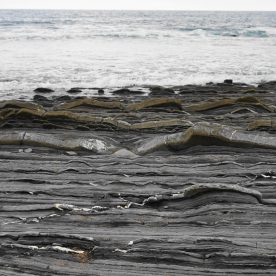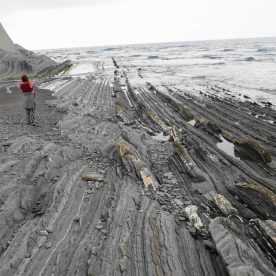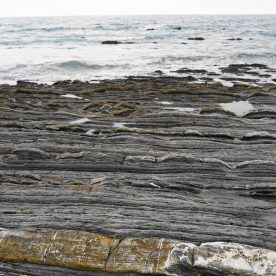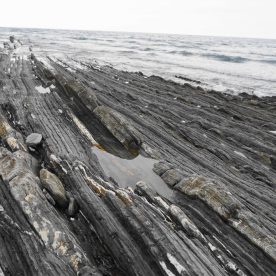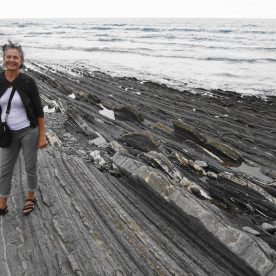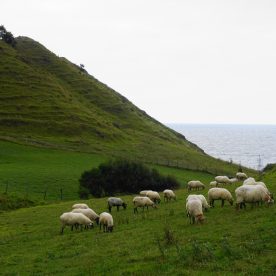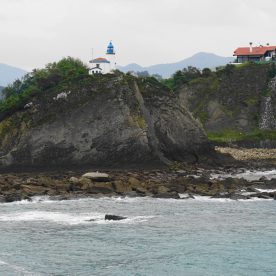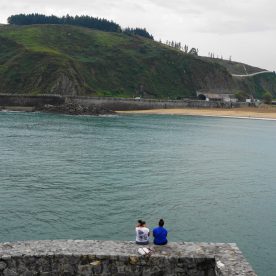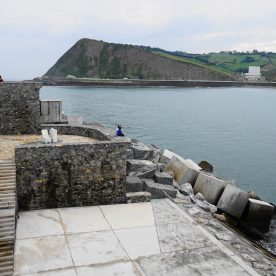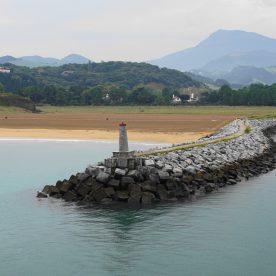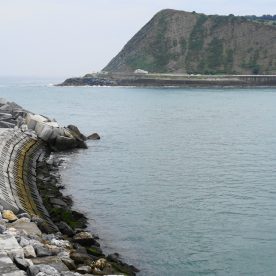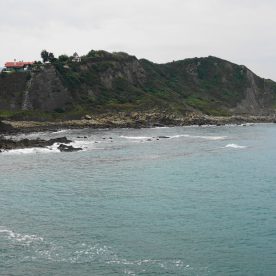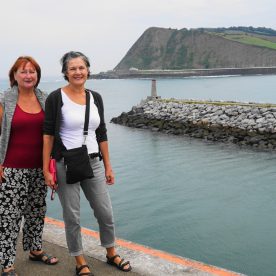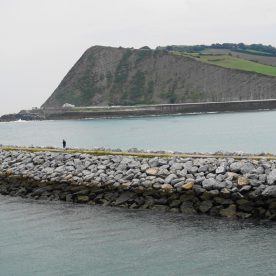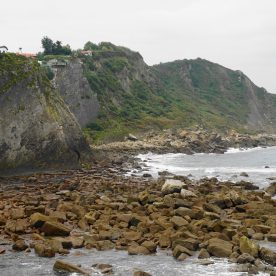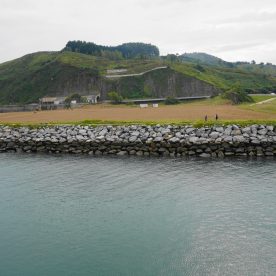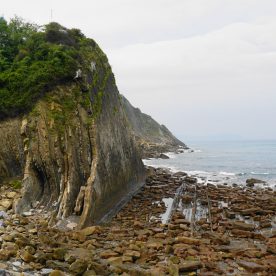On Spain’s northern coast, in the stretch that runs between Biscay and the Basque Mountains that straddle the border with France, people from all over the world visit the Euskal Kostaldea Geopark, attracted by a stunning landscape that features a rare geological formation known as a flysch.
A flysch is a sequence of sedimentary rock layers in which soft shale beds alternate with harder sandstone, creating a pattern that is not only visually very appealing, but possesses immense scientific value.
“The history of the Earth is written on the planet’s rocks,” the geopark’s scientific director, Asier Hilario, explained in an interview with EFE.
“As geologists, our job is like that of detectives: we search for clues so that we can painstakingly reconstruct that captivating 4.5-billion-year history,” he added.
A so-called geopark is a protected area committed to the sustainable development of local communities. The United Nation’s cultural agency UNESCO designated the area as a global geopark in 2015, thus inducting it into its worldwide network of protected geological heritage sites.
According to Hilario, geologists are able to travel back in time and “read” – layer by layer, page by page – the history of the planet simply by walking along the base of the imposing cliffs that delineate the coastline.
He explained that, as local development projects, geoparks only made sense if there were people living in that territory.
“Culture and education are the fundamental ways in which geoparks contribute to an area’s development,” Hilario said. “It makes the local population understand their landscape in ways they had never done before.”
Hilario told EFE that the reason he became a geologist was because he approached the field from a philosophical, rather than scientific, point of view.
“What geology tells me – what rocks tell me – is that we live in a planet that’s very old, where many things have happened before we came along,” he said. “It helps me relativize the things that happen to us in our day-to-day lives.”
“Also, it helps us place ourselves as individuals and as a modern society within a timeframe that is much, much larger than the one routinely used by the media,” he added.
Hilario said that another great geological notion that he loved was the idea of understanding how landscapes change over time and managing to comprehend – even if just a little – the sequence of landscapes that have preceded the one he sees every day at work.
“To me, that’s intellectually very stimulating,” Hilario concluded.
The late evolutionary biologist Stephen Jay Gould said that “geology gave us the immensity of time and taught us how little of it our own species has occupied.”
